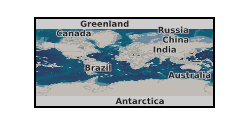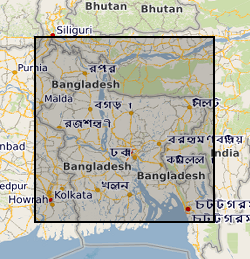SEGY files
Type of resources
Topics
Keywords
Contact for the resource
Provided by
Years
Formats
Update frequencies
-

This is a subset of the seismic GI gun data recorded on the CHIMNEY JC152 cruise in 2017 (further information and nomenclature in Bull et al. 2018). Data were recorded on Ocean Bottom Seismic Receivers 1 and 19, and shots were selected to maintain offsets of approximately 200m, with a wide but uneven azimuth distribution. This was done to study azimuthal attenuation anisotropy for near-vertically travelling P-waves. The data are in SEGY format, with file names in the form: Rec*_**_***_nmo.sgy where * is receiver number ** is GI for the GI gun source and Dura for the surface sparker source *** is X for X component, Y for Y component, Z for Z component and H for hydrophone. Reference: Bull, J. M. (2018). Cruise Report – RRS James Cook JC152: CHIMNEY - Characterisation of Major Overburden Pathways above Sub-seafloor CO2 Storage Reservoirs in the North Sea Scanner and Challenger Pockmark Complexes,University of Southampton, 55 pp. Available at: https://eprints.soton.ac.uk/420257/ NERC Grant - Characterization of major overburden leakage pathways above sub-seafloor CO2 storage reservoirs in the North Sea (CHIMNEY)
-

This dataset contains data from a river multibeam and seismic survey which took place in 2013 and 2014 at scour sites within the Brahmaputra river basin in Bangladesh. The survey was carried out as part of a joint project between the Universities of Birmingham, Southampton and Exeter. "The sedimentology of fluvial megascours" was a scientific research project funded by NERC. The purpose was to collect the data necessary to validate the first generic numerical model of scour zone stratigraphy that will be widely applicable to a broad range of large rivers. River bed bathymetry data were collected using a multibeam echosounder. Sub bottom seismic profiling data were collected using a surface tow boomer and chirp system. Technical details of the survey are contained in the cruise report of the survey which comprises part of the metadata. Some of the data has been accepted for a publication in the journal 'Sedimentology' which will be published in 2018 with the title 'The Sedimentology of channel confluences'.
 NERC Data Catalogue Service
NERC Data Catalogue Service